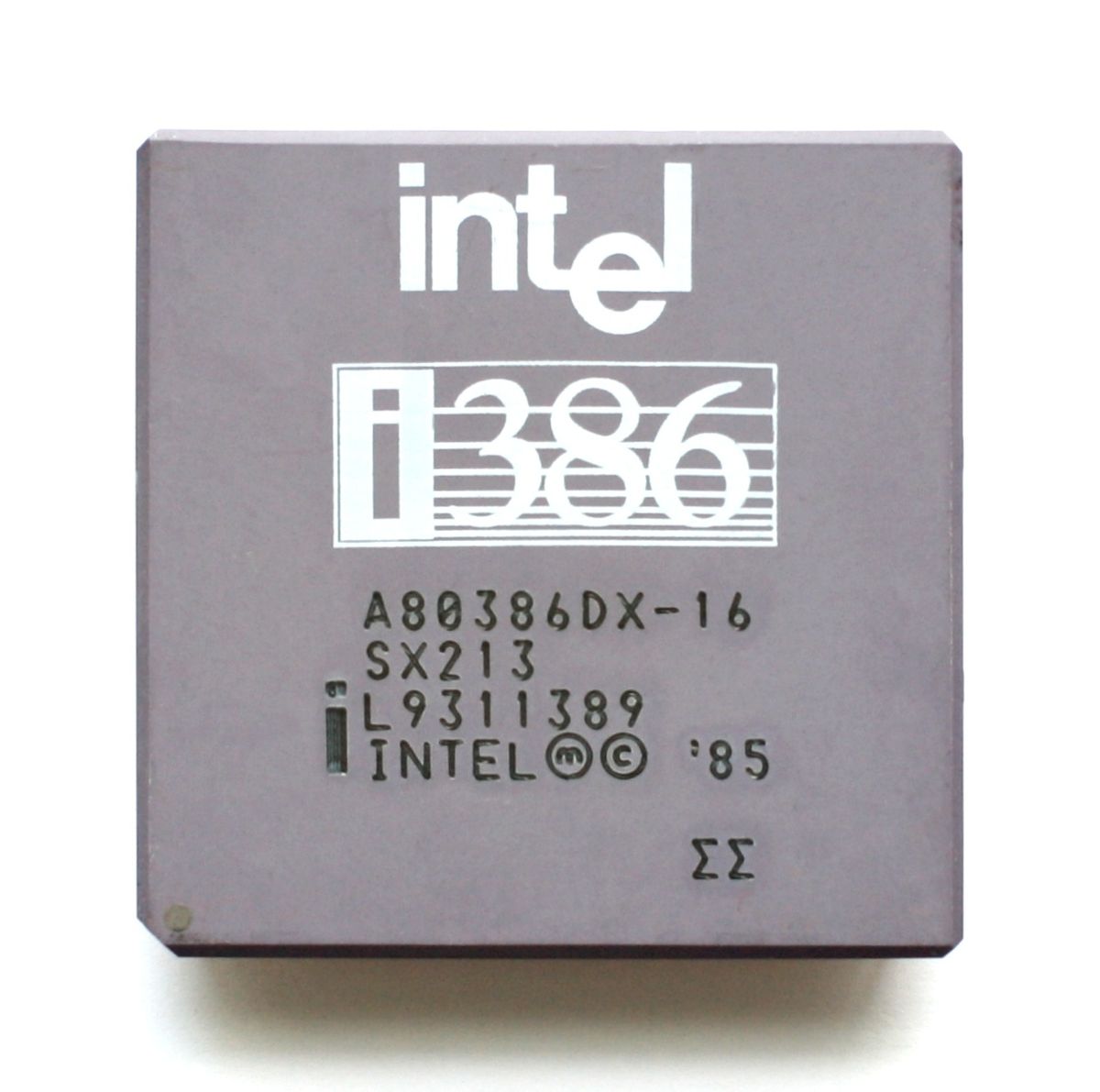Git repos have lots of write protected files in the .git directory, sometimes hundreds, and the default rm my_project_managed_by_git will prompt before deleting each write protected file. So, to actually delete my project I have to do rm -rf my_project_managed_by_git.
Using rm -rf scares me. Is there a reasonable way to delete git repos without it?
use relative paths (cd into the directory below your repository) and use tab completion, and you won’t have problems.
chmod -Rthe directory first?This, lol just remove write protection if -f is too spooky
Maybe use a graphical file manager?
Or move the folder to /tmp or so.
Or a tui file manager like
ncduThat’s a good suggestion for some, but I’m quite comfortable with the command line.
It’s not that I’m irrationally scared of
rm -rf. I know what that command will do. If I slow down an pay attention it’s not as though I’m worried “I hope this doesn’t break my system”.What I really mean is I see myself becoming quite comfortable typing
rm -rfand running it with little thought, I use it often to delete git repos, and my frequent use and level of comfort with this command doesn’t match the level of danger it brings.Just moving them to
/tmpis a nice suggestion that can work on anywhere without special programs or scripts.You don’t sound like you’re comfortable with the command line.
Just checked my command history and I’ve run 60,000 commands on this computer without problem (and I have other computers). I guess people have different ideas of what “comfortable” means, but I think I consider myself comfortable with the command line.
I have shot myself in the foot with
rm -rfin the past though, and screwed up my computer so bad the easiest solution was to reinstall the OS from scratch. My important files are backed up, including most of my dotfiles, but being a bit too quick to type and run arm -rfcommand has caused me needless hours of work in the past.I realized the main reason I have to use
rm -rfis to remove git repos and so I thought I’d ask if anyone has a tip to avoid it. And I’ve found some good suggestions among the least upvoted comments.I’m the same as you! I recommend “trash-cli”, then you can undo if you mess something up. You can even set an alias to echo “wrong command” if you use ‘RM’.
If you’re making backups of things you care about and not running
sudo rm -rfthe command isn’t really dangerous.But +1 for having it in /tmp I have a bash function I call tempd that is basically
cd $(mktemp -d)I use it so much for stuff I dont really care to keep.Never heard of mktemp before, that’s need. Come to think of it I never thought about how /tmp is really used by the system in the first place, time to do do studying I guess
Using rm -rf scares me. Is there a reasonable way to delete git repos without it?
I don’t know what to tell you, that’s the command you need to use.
If you’re that worried you’re going to nuke important stuff, make backups, and don’t use
sudofor user files.If you’re scared to do
rm -rf, do something else that lets you inspect the entire batch of deletions first. Such as:find .git ! -type d -print0 | xargs -0 -n1 echo rm -fvThis will print out all the
rm -fvcommands that would be run. Once you’ve verifid that that’s what you want to do, run it again withoutechoto do the actual deletion. If you’re scared of having that in your history, either use a full path for .git, or prepend a space to the non-echo version of the command to make it avoid showing up in your shell history (assuming you have ignorespace in your HISTCONTROL env var)Cd into the directory first, then run rm -rf, then cd back out and rm -r just the directory.
OSX - mv my_project ~/.Trash
git rebase doesn’t work?
https://github.com/nivekuil/rip This is what you’re looking for
A tip I saw some time ago is to do:
rm folder -rfAdditionally you could move the git folder to the trash folder. I think it’s usually located at $HOME/.local/share/trash/files/
Then you can delete it from the trash once you’re certain you got the right folder
Additionally you could move the git folder to the trash folder. I think it’s usually located at $HOME/.local/share/trash/files/
Moving something to the trash files folder isn’t the correct way to trash it, since the Trash specification requires storing some metadata for each trash item.
You should use eg.
trash-cliinstead.xdg-trash
The problem is that
rm -rfshouldn’t scare you?What are the chances something like
~/projects/some-project $ cd .. ~/projects $ rm -fr some-projectmay delete unexpected stuff? (especially if you get into the habit of tab-completing the directory argument)
Use rm -rf. If you are scared of mistakes, type
echo rm -rf nameofdirectory, check it, go back, delete theechoand press enter.You should have backups. Preferably also snapshots. Then rm will feel less scary.
If you’re that worried, why not run chmod -R u+w .git inside the project dir to “un write-protect” the files, then just ascend to the directory containing the project dir (cd …) and use rm -r without -f?
The force flag (-f) is the scary one, I presume?










